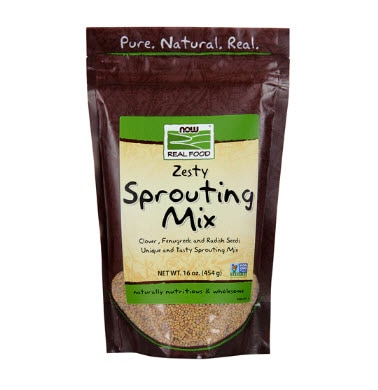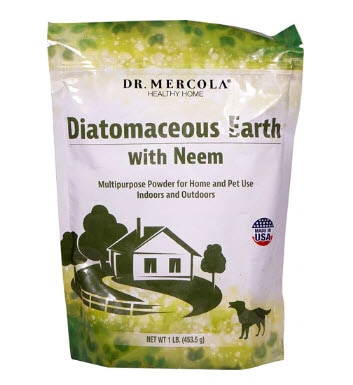If left unchecked, global warming is poised to escalate, endangering our planet, our wildlife and ourselves.
The UCAR Center for Science Education warns that unless greenhouse gas emissions decline compared with current levels, the average global temperature will climb 7.2 degrees Fahrenheit during the 21st century. This potential rise in temperature promises to do significant harm.
In the U.S., transportation ranks as the No. 1 contributor to greenhouse gases (27% of total greenhouse gases in 2020). But agriculture isn’t far behind, landing at No. 5 (11% of total greenhouse gases in 2022). In agriculture, livestock, soil and rice production are among the key culprits.
The importance of sustainable agriculture
To help ease agriculture’s environmental burden, more farmers are embracing sustainable agriculture. Sustainable agriculture goes beyond trying to preserve the environment, though. The University of California Sustainable Agriculture Research and Education Program explains that sustainable agriculture:
- Promotes a healthy environment.
- Encourages economic profitability.
- Supports social and economic equity.
“Every person involved in the food system — growers, food processors, distributors, retailers, consumers, and waste managers — can play a role in ensuring a sustainable agricultural system,” says the sustainable agriculture program.
What is sustainable agriculture?
Interestingly, there’s a legal definition of sustainable agriculture in the U.S. According to the U.S. Department of Agriculture (USDA), sustainable agriculture:
- Satisfies needs for human food and fiber needs.
- Enhances environmental quality and natural resources for the agricultural economy.
- Makes efficient use of nonrenewable agricultural resources and on-the-farm resources.
- Sustains the economic viability of farming operations.
- Boosts the quality of life for farmers and society as a whole.
“When agricultural operations are sustainably managed, they can preserve and restore critical habitats, help protect watersheds, and improve soil health and water quality. But unsustainable practices have serious impacts on people and the environment,” according to the World Wildlife Fund.
What’s being done to bolster sustainable agriculture?
On a number of fronts, farmers, environmentalists and others are taking steps to advance sustainable agriculture. They include:
- Installing solar panels that can power greenhouses and farms without taking up much space and without blocking light that sustains plant growth.
- Employing spiders as natural pesticides to protect crops like tomatoes and potatoes from pesky moths.
- Establishing urban gardens that, among other things, can help capture harmful carbon emissions.
- Encouraging growth of seaweed for food and materials in a bid to help reduce the need for land-based crops and decrease greenhouse gas emissions.
In addition, federal lawmakers are working on legislation that would stimulate sustainable agriculture in the U.S. For instance, the National Sustainable Agriculture Coalition, the Union of Concerned Scientists and other groups have endorsed the proposed Agriculture Resilience Act.
“The Agriculture Resilience Act would provide a science-backed roadmap to build a stronger, more resilient and sustainable food and farm system at a time when the climate crisis is devastating farmers and ranchers,” Ricardo Salvador, director of the Food and Environment Program at the Union of Concerned Scientists, says in a statement. “Our current system of industrial corporate agriculture is damaging our soil, polluting our air and water, and leaving our food system vulnerable to extreme weather, all while contributing to the climate crisis.”
What can you do to promote sustainable agriculture?
While farmers, environmentalists and others are driving much of the sustainable agriculture movement, consumers can also do their part. Here are six ways you can contribute to the rise of sustainable agriculture.
- Start a home garden to grow your own vegetables. Cornell University offers an extensive online guide to vegetable gardening.
- Shop for fruits and vegetables at local farmers markets. Visit the USDA’s website to find a farmers market near you.
- Eat less meat and more plant-based proteins. Check out the Mayo Clinic’s tips on the benefits of meatless meals.
- Volunteer with groups that advocate for sustainable agriculture. The website of the National Sustainable Agriculture Coalition lists more than 100 affiliated grassroots organizations around the country.
- Set up at-home composting. The U.S. Environmental Protection Agency (EPA) provides an in-depth online guide to composting.
- Avoid using pesticides and herbicides at home. Stonyfield Organic, a producer of organic yogurt and other dairy products, has published a wide-ranging look at pesticides and herbicides.



